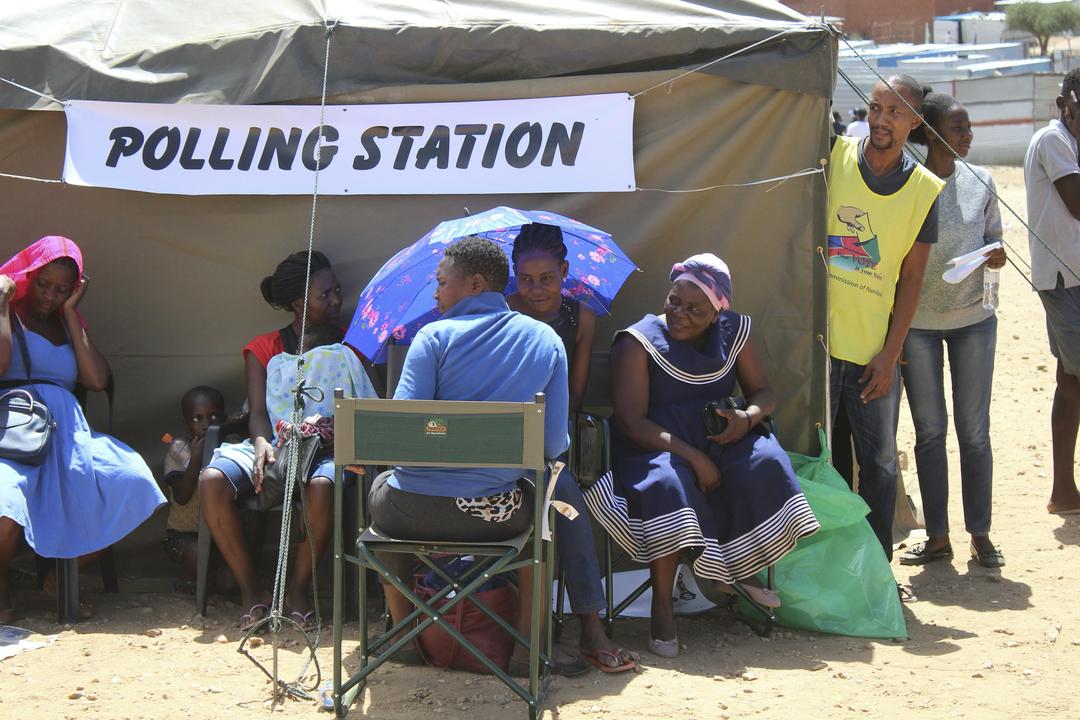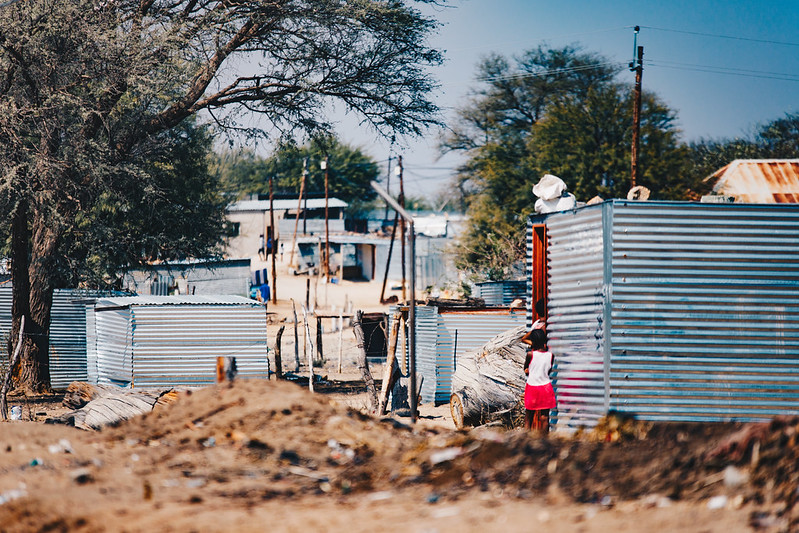WHEN we think of the Kuiseb River, many of us picture a bridge over a dry riverbed, others of us picture orange-coloured dunes cascading into a sandy channel lined with trees.
At Gobabeb we understand that the apparent dryness is deceptive, as water from occasional flooding is stored under the sandy surface, giving life to vegetation, animals and people along the river and in the coastal towns. Usually the surface flooding is of a short duration, and may even go unnoticed as it trickles for part of the 450-km stretch of the river. Well this year the Kuiseb got serious! From Gobabeb we saw huge clouds building up to the east during early February, indicating heavy rains in the Kuiseb catchment. Even the desert was greened up by some breakaway rain showers: 48.3 mm this year, more than the annual average in less than three months. On the 12 February, the sandy Kuiseb riverbed was transformed as a powerful thrust of muddy water swirled down dry channels, bouncing huge logs along like agitated water monsters! The river flowed continuously past Gobabeb for more than a month, tapering off finally on March 16. It reached a height of 4,3 metres for the first time since 2000, when it peaked at 5,4 metres. It caused chaos at Rooibank where Walvis Bay water is abstracted. So while it was a matter of ‘water, water everywhere’ for the whole course of the Kuiseb, in Walvis Bay it was a matter of ‘…not a drop to drink’! Interestingly enough, it was as far back as 1974 that the river last flowed continuously for more than a month, on that occasion flowing for 102 days. The last time the river actually flowed into the sea was in 1942, nearly reaching it in 1963, and trickling into the lagoon in 2000. This year it got as far as Wortel in the Delta. Gobabeb residents made the most of life on the edge of a flowing river, swimming and tubing and even being rescued. Two young scientists could not resist the urge to cross on a day of low flow to continue their experiment in the dunes. Well the river rose before they could get back, so brave Gobabebians went by rope to help them cross, having some terrifying moments in the roaring current.Downriver at the Topnaar settlement of Soutrivier, Ou Jacob was caught two weeks earlier in the same way when he went over to collect !nara melons. Being familiar with the ways of the river, he dug himself into the sand for warmth overnight, and crossed when the water level dropped – indigenous knowledge at work!*Anyone with an interest in the Kuiseb River is welcome to attend the Kuiseb Basin Management Committee stakeholder forum on June 5 starting at 09h00 at Lauberville Camp (near Rooibank). Please contact Emily Mutota at (064) 69 4199 or emilym@gobabeb.org for more information.
Stay informed with The Namibian – your source for credible journalism. Get in-depth reporting and opinions for
only N$85 a month. Invest in journalism, invest in democracy –
Subscribe Now!










